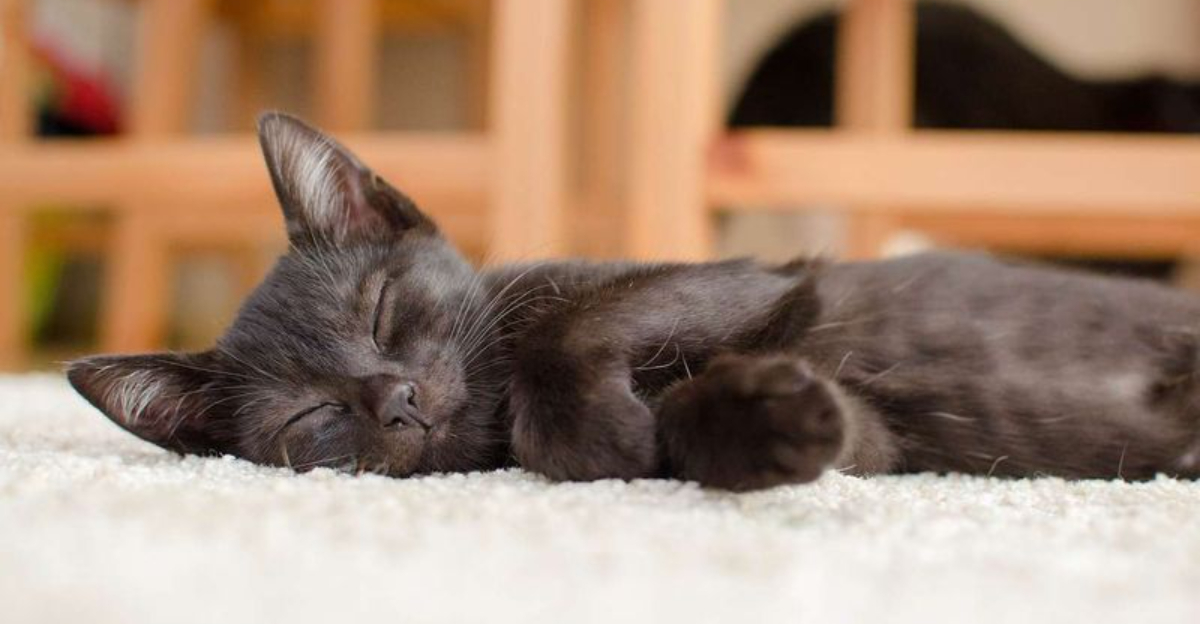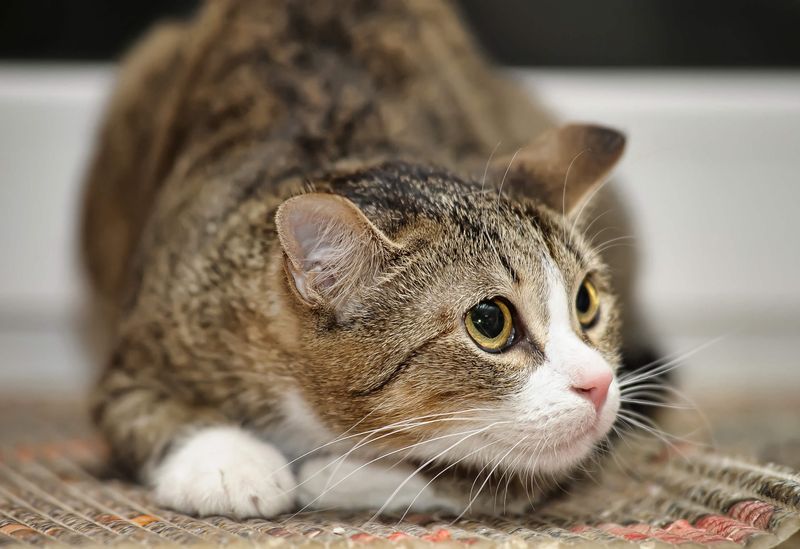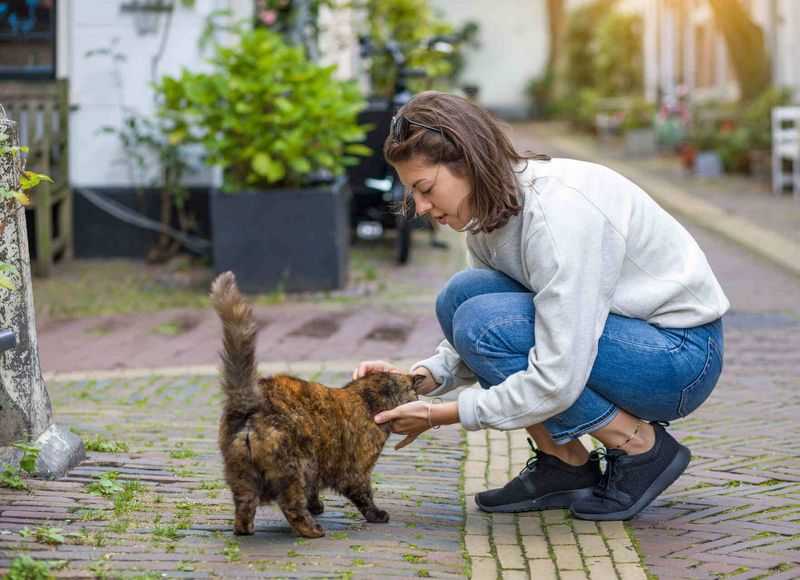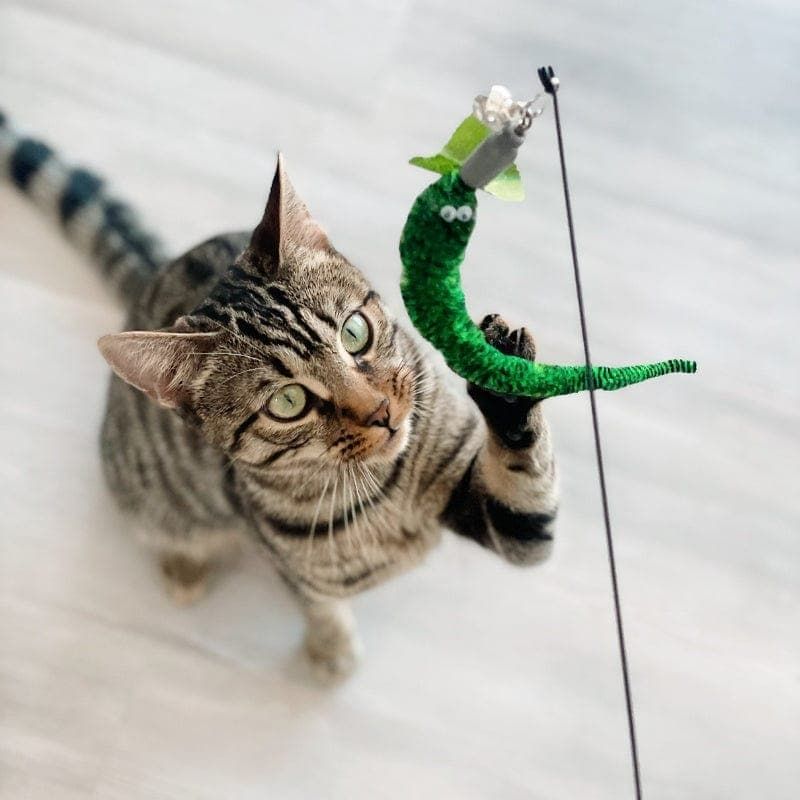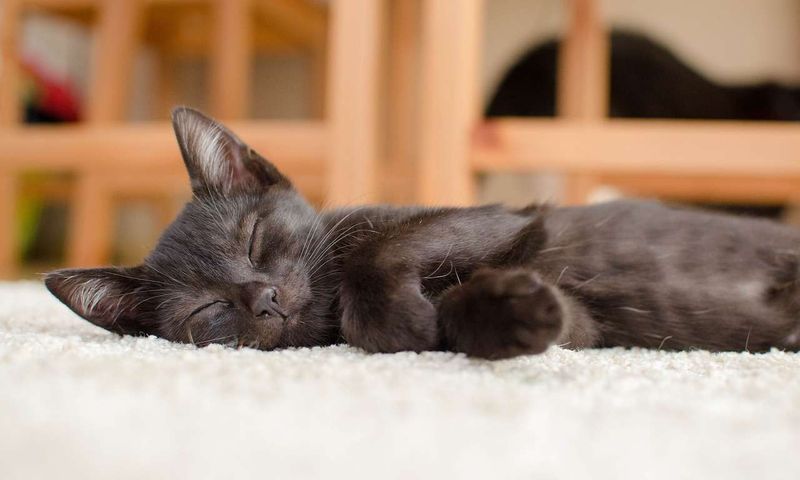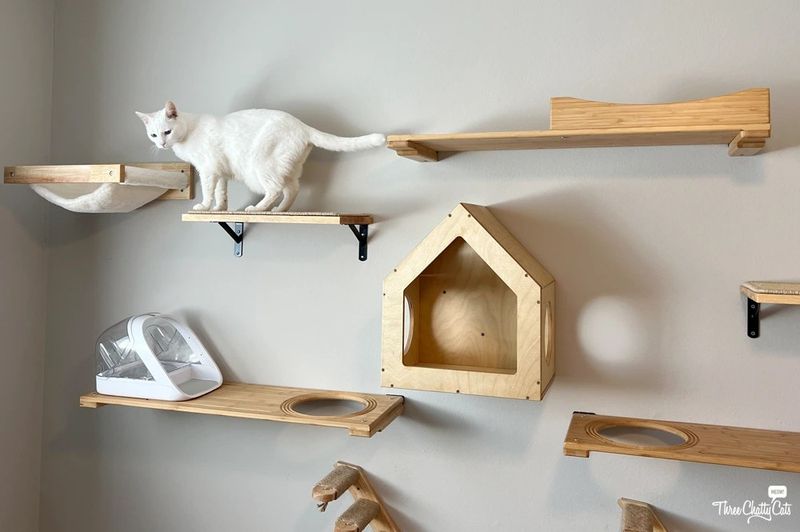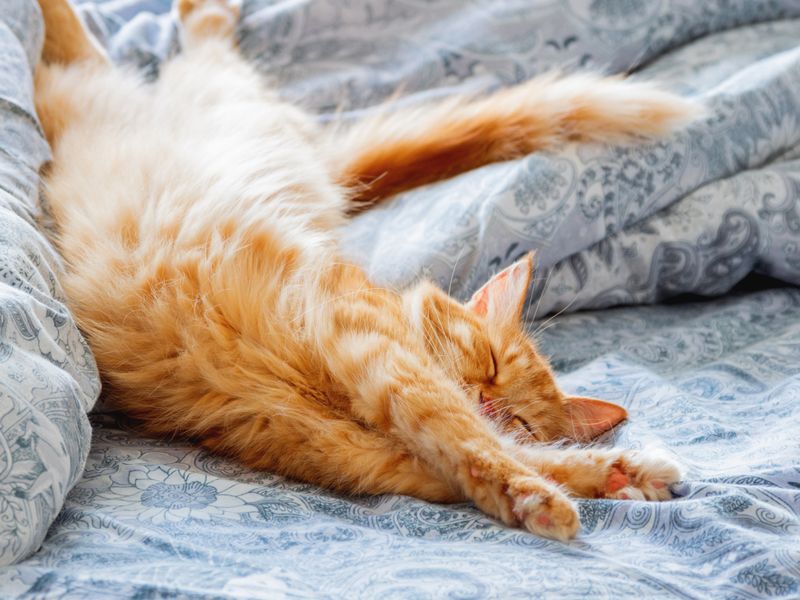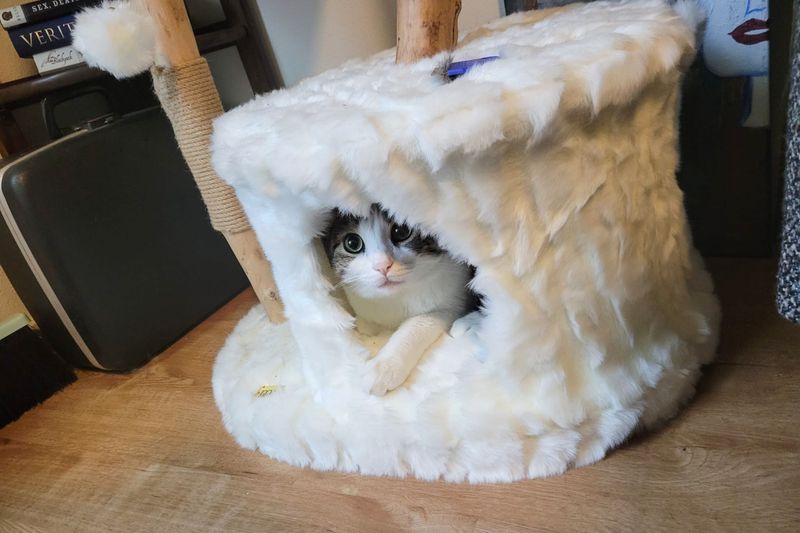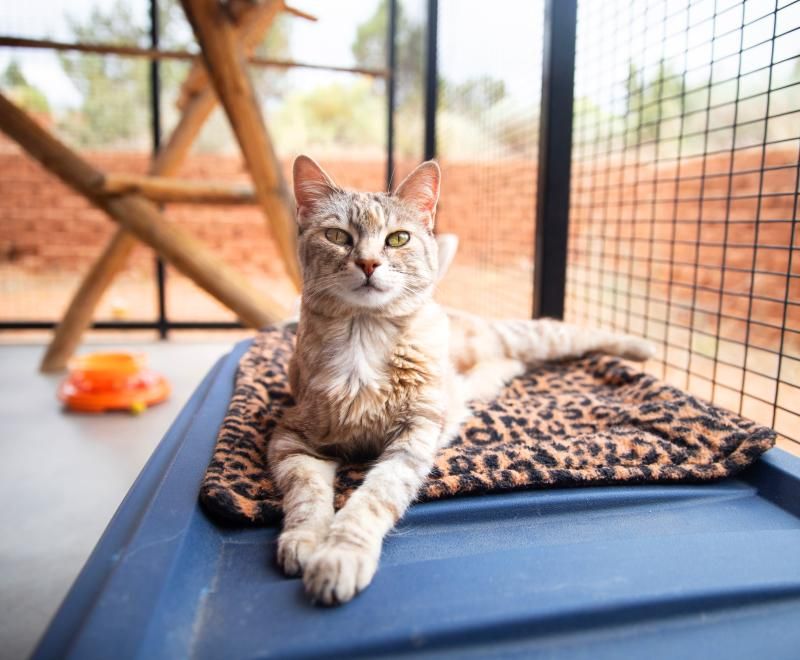📖 Table of Content:
- 1. Maintain Consistent Daily Routines
- 2. Use a Gentle Voice and Slow Movements
- 3. Allow Them to Approach You First
- 4. Engage in Interactive Play Sessions
- 5. Create a Dedicated Safe Space
- 6. Provide Vertical Territory Options
- 7. Use Calming Pheromone Products
- 8. Respect Their Need for Hiding
- 9. Practice Patience Above All Else
Cats who have bounced from home to home often carry emotional scars that make them wary of new environments and people. These feline friends need extra patience and special care to help them feel secure again. Building trust with a cat who has experienced multiple rehomings takes time, but with the right approach, you can help your new furry family member feel safe and loved.
1. Maintain Consistent Daily Routines
Cats thrive on predictability, especially those with unstable histories. Feed, play, and clean litter boxes at the same time every day to establish a reliable pattern your cat can count on.
Consistency signals safety to anxious cats who may have experienced chaotic schedules before. When mealtimes happen like clockwork, your cat learns that basic needs will always be met in your home.
Regular routines help rebuild a sense of normalcy and gradually convince your cat that this home is permanent. The rhythm of consistent daily activities becomes an anchor for cats healing from past disruptions.
2. Use a Gentle Voice and Slow Movements
Loud noises and sudden movements can trigger fear in cats who associate them with past trauma. Speaking in soft, soothing tones helps your cat associate your voice with calmness rather than stress.
Move deliberately around your cat, avoiding quick gestures that might startle them. Announce your presence before entering a room where they’re resting to prevent frightening them.
Your body language communicates volumes to your sensitive feline. Sitting at their level rather than looming over them, blinking slowly, and turning slightly away shows you’re not a threat and builds crucial trust.
3. Allow Them to Approach You First
Forcing interaction creates anxiety for cats who need to feel in control. Let your cat set the pace for physical contact by waiting for them to come to you rather than pursuing them for attention.
Sit quietly nearby while reading or watching TV, occasionally offering your hand for sniffing without expectation. This patient approach respects their boundaries and builds confidence in their new environment.
Many previously rehomed cats need weeks or even months before initiating contact. Your willingness to wait communicates respect for their emotional needs and helps establish trust that you won’t violate their personal space.
4. Engage in Interactive Play Sessions
Play serves as a natural stress reliever and confidence builder for anxious cats. Wand toys allow interaction from a comfortable distance, giving your cat control over how close they want to get during playtime.
Regular play sessions release pent-up energy and trigger positive brain chemicals that counteract anxiety. Watching for subtle cues helps you identify which toys make your cat feel most comfortable.
Success during play builds your cat’s confidence in their new environment. Keep sessions short but frequent, ending while your cat is still engaged rather than waiting until they lose interest or become overstimulated.
5. Create a Dedicated Safe Space
Every relocated cat needs their own territory where they can retreat when feeling overwhelmed. Set up a quiet corner with their bed, food, water, and litter box away from household traffic.
Add familiar items like their favorite blanket or toy to provide comfort in the new surroundings. The space should be accessible but private, giving your cat control over when to interact and when to hide.
Cats feel secure when they have options to escape stressful situations. This dedicated area serves as their sanctuary until they’re ready to explore more of your home.
6. Provide Vertical Territory Options
Cats feel safest when they can observe their surroundings from elevated positions. Cat trees, shelves, and window perches give your new companion escape routes and observation posts to monitor household activity from a secure distance.
Height provides both physical and psychological security for cats with trust issues. A cat who can retreat upward feels less cornered and more in control of their environment.
Strategic placement of climbing options throughout your home creates pathways that allow your cat to move around without touching the floor. This elevated highway system is particularly comforting for cats who need to avoid other household pets or busy areas.
7. Use Calming Pheromone Products
Synthetic feline facial pheromones mimic the natural compounds cats leave when they rub their cheeks against objects. These products send chemical signals of safety that help reduce anxiety in cats adjusting to new environments.
Diffusers plugged into wall outlets continuously release calming pheromones throughout your home. For targeted support, sprays can be applied to bedding or carriers before stressful events.
Many veterinarians recommend these products as part of a comprehensive approach to helping relocated cats. The familiar scent messages help create a sense of territory and belonging even in a strange place, bridging the gap until your cat creates their own scent markers.
8. Respect Their Need for Hiding
Hiding is a natural coping mechanism for cats feeling insecure in new surroundings. Rather than forcing your cat out of hiding spots, provide appropriate hideaways like covered beds, boxes, and tunnels throughout your home.
A cat who can hide when needed paradoxically gains confidence to explore more often. Check hiding places discreetly to ensure your cat has access to food and water, but otherwise allow these retreats to serve their purpose.
Gradually, as your cat feels safer, hiding episodes typically become shorter and less frequent. This natural progression happens on your cat’s timeline, not yours—respecting this process builds the foundation for a trusting relationship.
9. Practice Patience Above All Else
The single most important gift you can offer a multi-homed cat is unlimited patience. Recovery from emotional trauma follows no set timeline—some cats adjust within weeks while others need months or even years to fully trust again.
Celebrate small victories rather than expecting complete transformation. The first time your cat sleeps exposed on the couch or greets you at the door represents significant emotional progress worth acknowledging.
Your consistent presence proves to your cat that this home is forever. Each day you respond with kindness to their fears helps heal old wounds, gradually replacing anxiety with security and teaching them that not all humans will abandon them.
